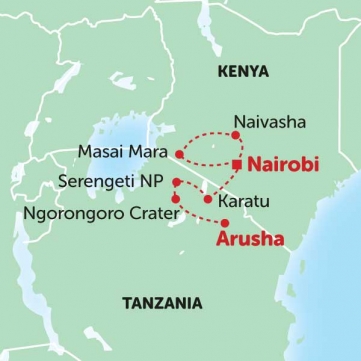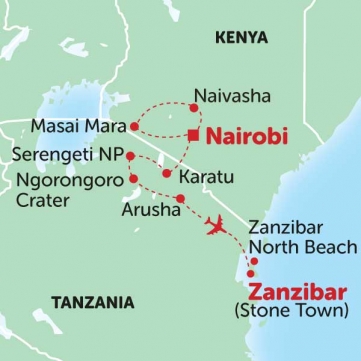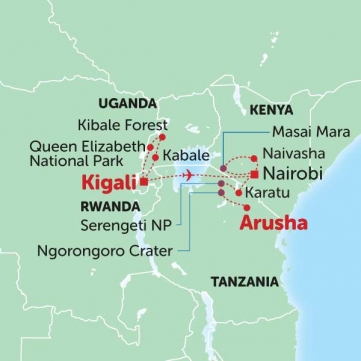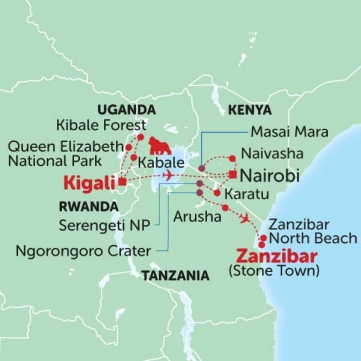Book NOW for $1 £1 €1 • Flexible Payments • No Change Fees • Private Departures Available
- Home >>
- The Great Migration
The Great Migration
Without a doubt the annual wildebeest migration is one of the most spectacular wildlife displays in the world. Over a million wildebeest and hundreds of thousands of zebras and antelope thunder across the plains in search of nutritious rain-ripened grasses.
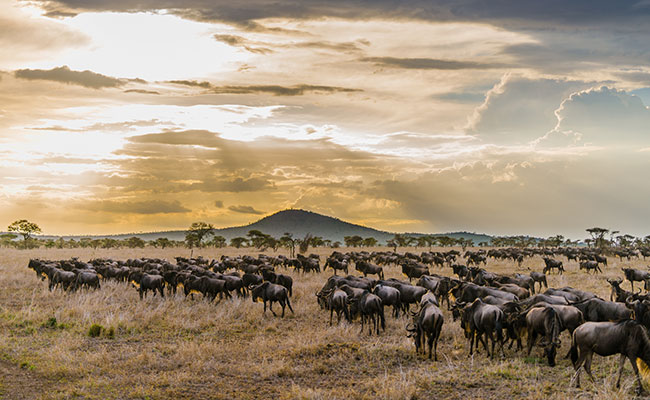
About The Wildebeest Migration
Columns of snorting, dust-kicking animals can stretch 40 kilometres long and of course wherever you find large groups of game, predators are never far behind. Lions, cheetahs, hyenas and leopards enjoy the benefits of vast numbers of prey crossing their territories which gives safari goers excellent chances to see a kill in action.
The herds face many dangers along the 2,900 kilometre clockwise circuit between the Serengeti National Park and Masai Mara National Reserve. However, the ancient herd instinct to move is so strong that no drought, gorge or fast flowing crocodile-infested river can ever hold them back. There is truth in the expression 'safety in numbers' and while an estimated 250,000 wildebeest perish during the journey, around 400,000 new calves take their place in the great cycle of life and death.
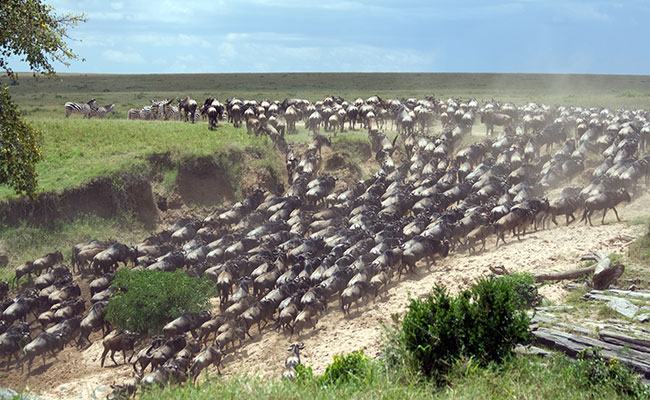
There is no way to accurately predict the timing of the migration as it depends on weather cycles but the migration usually begins in the Serengeti National Park after calving season in February/March. By April/May the food supply is exhausted and herds begin to migrate towards the grassier plains in the west and north of the Serengeti. In June the migration tends to stop and build up massive numbers at the south side of the Grumeti River before fording its crocodile-infested channels and pools.
The survivors then continue north into Kenya and spread across the plains before crossing the fast-flowing Mara River.There are often great scenes of panic and confusion at this crossing as strong currents sweep away exhausted animals and hungry crocodiles lie in wait for others. Cows can easily become separated from calves during massive stampedes over banks into the water.
The plains of the Masai Mara National Reserve are usually covered in wildebeest and zebra from September through November and the cycle begins again after the short rains of November, when the herds head south to the southern Serengeti and Ngorongoro Conservation Area.
Best time to see The Great Migration
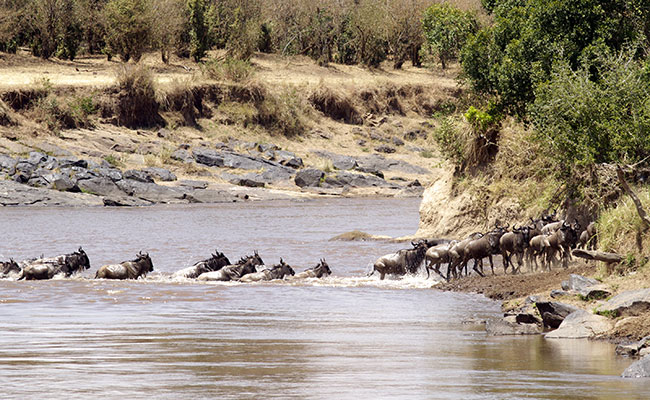
The great migration is a cycle which occurs year-round but as stated above, it is impossible to accurately predict. In December to March the herds are in the Serengeti's Southern Plains. In February/March 400,000 wildebeest calves are born and predators are at their highest number. In April the herds head south, following a clockwise route through Southern Serengeti grass plains to late May when they reach Serengeti Central.
The herds continue on to the Western Corridor of the Serengeti and via wooded grasslands in July/August and finally head north towards Masai Mara National Reserve in around August/September. Between September and November the wildebeest and zebra congregate primarily in the Masai Mara and offer plenty of food for lions, cheetahs, and leopards.
Whether you go on safari before, during or after the migration, you're certain to be rewarded by exceptional game and bird viewing opportunities. There are always good resident populations of big game in the Masai Mara National Reserve and Serengeti National Park.
Featured Tours



